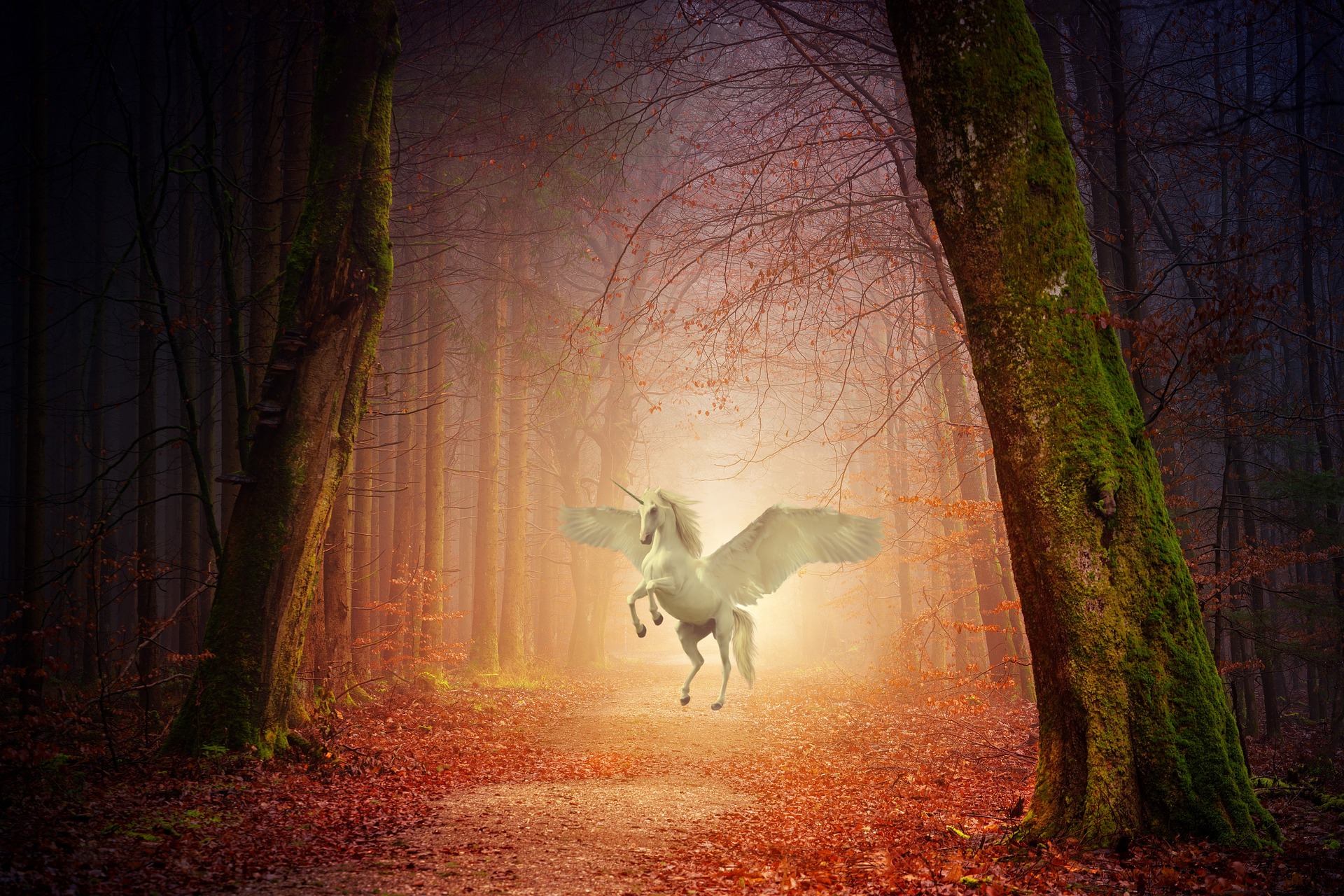
11 Jun D&D Encounters: Your Forest Battle Map Tips
A great adventure for new and experienced RPG players alike is: the forest battle map! Whether the players (and the DM) are complete noobs or grizzled veterans, an encounter in the woods will have something for everyone.
A forest can be bright and full of wonder, or it can be dark and full of terror. A forest can be wide open with huge trees and big spaces between trunks, or it can be crowded and thick with brambles and boulders. The woods can be very different depending on if it’s day or night.
Battle maps set in a forest are just about the most versatile setting in a DM’s arsenal of maps; get a feel for what makes them work, and you’ll be able to craft versions of them to use for many encounters to come!
How big should a D&D map be?
Your maps need to be big enough to accomplish whatever section of the story is taking place there. Battle maps can cramp your players, forcing them into close quarter fighting, or they can be expansive, letting your ranged players shine their brightest.
Getting the hang of map size takes practice, and beginner DMs may do well to use some pre-gen adventures to get the feel of both how maps work, and how your players like to play.
Maps of any size can be part of your toolkit. Map creating tips are often borne of your own personal experience.
How do you make a good fantasy map?
There are no right ways to create a map. The number one rule to any D&D game is having fun. Whether a map is created with pencil and paper, or computer assisted drafting tools, the map is just there to enhance what your player is engaging with. It’s YOU, the person leading them on the adventure, that will make or break the experience.
Battle maps are a tool; you are the one wielding them.
Because you look at battle maps top-down, never forget to put yourself in ‘boots on the ground’ mode. Imagine what it will be like for you, and your players, to actually stand in the map and be surrounded by it in three dimensions.
You will take immersion to the next level by telling your players details they can see in the theatre of the mind. Set aside some time to prep some juicy descriptions that will bring the map alive. Don’t limit yourself to sight; tell your players what they hear, what the smell, how the ground feels beneath their feet, what the air is like against their skin.
What do YOU think is more immersive?
-
“You stand in a forest surrounded by trees, and there are some goblins ahead. What do you do?”
…or…
-
“You stand in a lush forest, rich green mosses and ferns enclose you in a dark wood that’s thrumming with life. The air is still but feels cool on your face, and the ground beneath your feet gives way softly, muffling your steps with the life of a thousand living roots and untold tendrils of fungi intertwining beneath the soil. You hear birds chirping. You can smell the damp earth and fresh water, but also something more artificial: the tell-tale acrid sting of the lamp oil you know goblins like to use. The hairs on the back of your neck stand up. How do you proceed?”
How do you draw a forest map?
There is only one thing you 100% need in your forest map, and you already know what it is BUGBEARS! TREES! Placing them is the crux of it though, isn’t it. Thick stands of dense trunks will create visual challenges that you must remember to utilize; just because your players are looking at it with a birds-eye view doesn’t mean their characters on the ground can see everything!
Give your players options for the encounter!
Start with the basics and use varying sizes of circles for tree trunks, and some, um, bushy shapes for bushes. Throw in the occasional boulder here and there, and baby you got yourself a stew going. Make sure there are a few places for cover, maybe a big oak with branches low enough to climb for a surprise attack from above, maybe a sharp branch for impaling.
Get a few versions drafted out with a pencil and paper or mess around with programs like Dungeondraft to bring some visual excitement to your world. Imagine where your players will want to move, what they will hide behind, what lines of sight they will have. Maybe add some traps? Mix it up a bit so that different kinds of players will be able to shine! With both gridded and gridless battlemaps, if there are options for different playstyles, you will watch them play to their strengths.
How do you draw a river on a map?
There is no better inspiration than taking a look at what nature has done! Check out google maps and find inspiration from real life. Try to mimic the natural curve and topography of the land. Any encounter incorporating a river can challenge your players (they do know how to swim, right? Right guys? Athletics checks, everyone, NOW!).
How do you color your fantasy map?
You can keep it simple. You could do it in black and white and, as long as you are providing descriptions, let your players use their imaginations. Or you can make it more visually immersive and dazzle your players with a work of art.
There is no correct answer and perhaps you can utilize both strategies and see what your players react best to. After all, it’s all about having fun on your table Whether the map is surrounded by color or none at all, it’s up to you to bring your battle map to life!
Please take inspiration from the following Forest Bandit Camp created using Dungeondraft with 2-minute Tabletop assets as well as other free battle maps.
Stavros

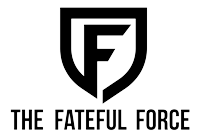
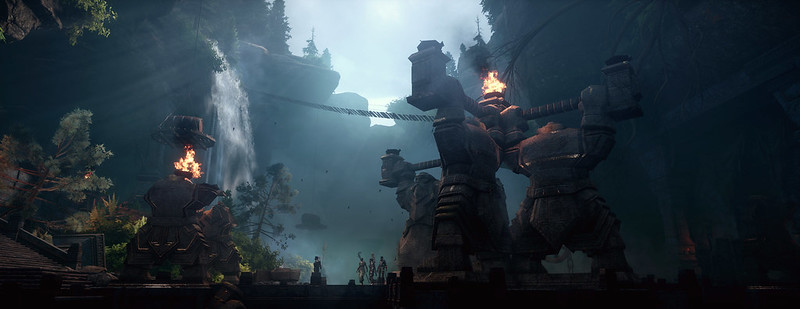
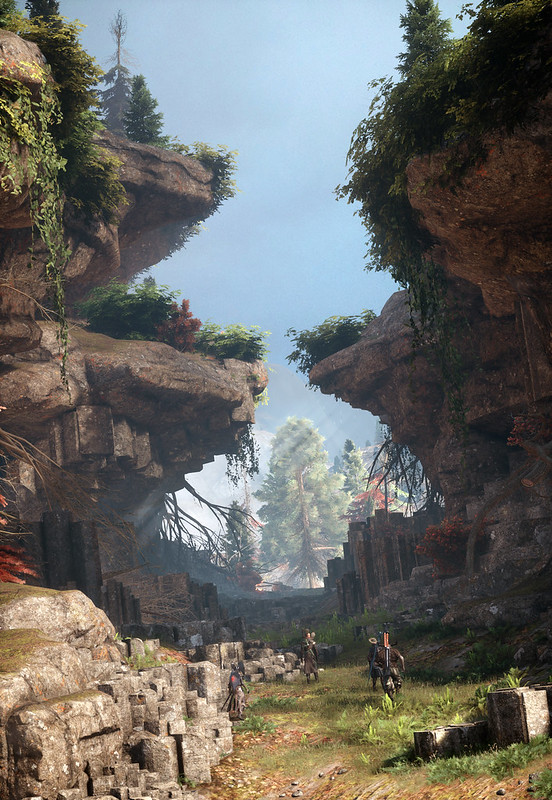
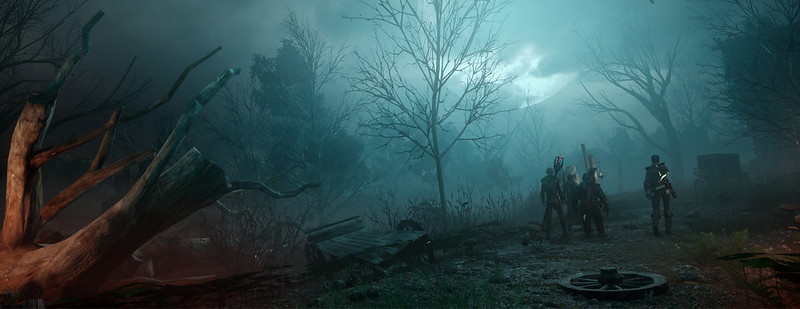
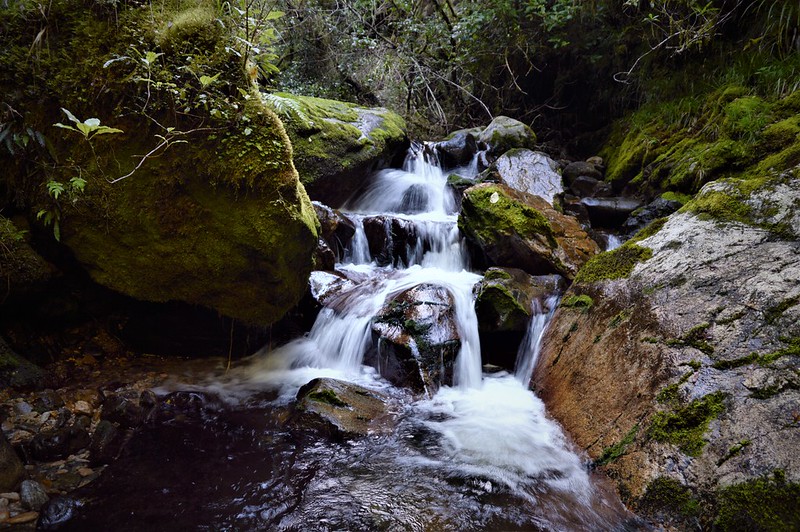
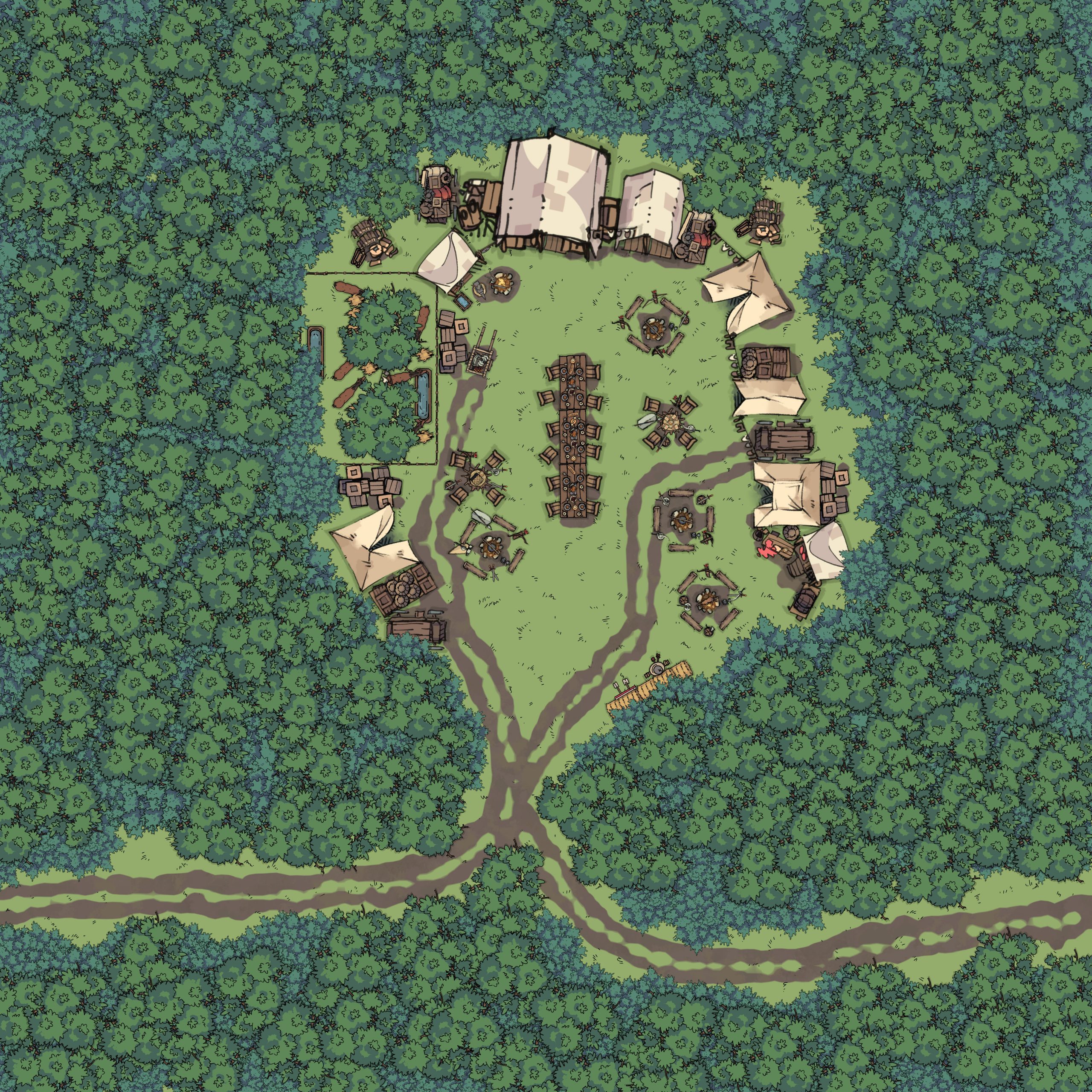
No Comments